14 Nights / 15 Days

this will give chance to exprience all Bhutanese Culture, Bhutanese life style and festivals and ectInternational airfare (round trip)
Travel insurance
Single room supplement
other expenses such as drinks, laundry, telephone calls etc20-0120-12
Fly into the Himalayas with Druk Air, Bhutan’s National Carrier KB: 205: 15:35 Arrival. In clear weather, Druk Air’s flight into Bhutan provides wonderful view of the magnificient Himalayan ranges. You will see major Himalayan peaks such as Everest, Kanchenjunga and Makalu, and then final approach to Paro. Bhutan’s own snowy peaks, Jhomolhari, Jichu Drake and Tserimgang will come into view as you land. Bhutan’s first gift to you from the aircraft will be cool, clean fresh Mountain air. Upon arrival in Paro, clear customs and immigration. Keep your copy of the visa clearance letter handy. Your visa fee has been paid and you will be received by your representative from Bhutan Travel Connection outside the terminal building and transfer to the hotel to check the room.
After breakfast whole day sightseeing in Paro and you will visit most important touristic sites as mentioned below with details.
After breakfast 07.30 hrs drive towards Taktsang to hike Taktsang Monastery. The trail begins near the Satsam (2.650m) and climbs steeply uphill to the Cafeteria (2.940m), an area of exposed ridge with panoramic view of Taktsang Monastery. This takes little more than an hour. (Ponies are provided on request to ride up till this Cafeteria, but rest of way, including return downhill must be done on foot.) You can get a good view from the Cafeteria or hike further uphill for at least another hour to the temple itself. Within the vicinity there are several other temples and sites to be seen. Lunch is served at the tea house or back to the hotel. After lunch you will visit Drukgyel Dzong and Kichu Lhakhang.
After this exciting experience you will be going back to the Hotel where your dinner will be served and you can enjoy your free evening time to stroll around Paro town.
Taktsang Monastery :( Tiger nest). Taktsang is one of the most famous pilgrimages in the Buddhist world and it miraculously perched on the side of a sheer cliff 900m above the Paro valley. It is said that Guru Rinpoche flew to the site of the monastery on the back of a tigress with miraculously in the form of Dorji Drolo one of the eight manifestation of Guru Rinpoche with his consort Yeshe Tsogyal, to subdue the local demon, Singye Samdrup. He then meditated in a cave here for three months and spread Buddhism. The site has long been recognized as a ney, or holy place.
Lunch will be served after the hike to Taktsang.
After breakfast early in the morning we will drive to Thimphu by 7:00 Am (BST - Bhutan standard Time) from paro and we will reach at Thimphu by 9:00 Am
Time: 9:30 Am: we will assemble inside the hall for talk (venue and talking hall will be confirmed later)
Time: 9:40 Am: GNH resource persons will talk on Gross National Happiness as a country’s core development philosophy which covers all the points in fours dimensions/pillars that’s
1. Sustainable and Equitable Socio- Economic Development
2. Conservation of the Environment
3. Preservation and Promotion of Culture
4. Good Governance
Time: 10:40 Am: interval and tea break
Time: 11: Am: talk continuation
Time: 12:30: Am: Lunched break
Time: 1:00: Pm: question and answering section
Time: 2:00: Pm interval and tea break
Time: 3: Pm end of GNH talk
After having finished talk on GNH we will move for sight seeing and following are the destinations that we are going to visit after talk
After breakfast drive to Punakha for 3 hours en-route visit 108 Chortens (stupa) at Dochula pass (3,050m), where you have the opportunity to see the peaks of the Eastern Himalaya ranges including the highest mountain in Bhutan Mt. Gangar Punsum 7540 meters if the weather permits. After lunch visit Punakha Dzong and evening free time to stroll around Punakha town or you can relax and dinner at your Hotel.
Punakha Dzong was built in 1637 by Shabdrung Ngawang Namgyel and it is the second oldest and beautiful Dzong of Bhutan. Until the mid- 1950s it served as the seat of the government. At present Punakha Dzong is still use as the winter residence of the monk body more than 400 monks for 6 months. Wangchuk Monarchy is currently ruling the country. This monarchy was established in 1907. The same year, Punakha Dzong was the site of the coronation of Ugyen Wangchuck (or Deb Nagpo) as the first King of Bhutan. At that time, Punakha was the capital of Bhutan. Three years later, the dzong was enlarged substantially during the rule of the 13th desi, when Sherab Wangchuk was the chief abbot of Bhutan. Several fires between 1750 and 1849 caused damages to the Dzong. In the 1897 earthquake, the dzong was severely damaged and also suffered numerous fires. In 1986, the dzong was partially destroyed by fire
After breakfast visit wangdi town and ruined Dzong of wangdi and sightseeing in Phobjikha valley
Gantey Goenpa: Overlooking the phbojikha valley is the Gantey Goenpa. This is an old and largest monastery in western part of Bhutan founded by Gyalse Pema Thinley in 1613. He is the grandson and reincarnation of Pema Lingpa. Pema Lingpa is one of the most famous treasures –finder in Nyingma sect.
Phobjikha valley (Altitude 9,840 feet):The Valley of phobjikha is well known as the winter home of the black necked cranes. Bhutan is home to around six hundred black necked cranes with phobjikha being one of the popular places that the birds migrate in the winter from the Tibetan plateau. These elegant and shy birds can be observed from early November to end of March.
After breakfast drive to Phobjikha and it takes 2 to 3 hours drive from Wangdi ato phobjikha for Nature mediation It is pleasurable walk will give you a nice feeling for Phobjikha valley. From the small hilltop overlooking Gangtey Goemba, you head downhill through flower meadows to Semchubara village and from here through beautiful forests and into the open valley. After passing a chorten and Khewa Lhakhang, the trail ends at the local community school; this involves a 30 minute walk up to the start of town. The Nature Trail can be combined with a visit to Gangtey Goemba and the local school. Gangtey Goemba is a 16th century monastery situated picturesquely at the hilltop at the edge of Gangtey village, making it the landmark structure of Phobjikha valley. It is the central seat of the Pedling tradition of Buddhism in Western Bhutan, and was built as a centre of spiritual teaching. Legend has it that Pema Lingpa prophesized that his next re-incarnation would establish a monastery on the hill-lock for the propagation of the Pedling sect. True to his prophesy, Pema Lingpa‟s first re-incarnation, Gyalse Pema Thinley, arrived in Gangtey to build the first small temple.
Wangdue Phodrang Dzong: This dzong was founded by the Zhabdrung in 1638. It sits atop a high ridge between the punak Tsang Chhu and the Dang Chhu. It is obvious that the site was selected for its commanding view of the valley below. Wangdi is important in the history of Bhutan because in the early days it was the country’s second capital.
Tsechu is a religious festival held annually by most Dzongs and Monasteries. The religious festival is homage to Guru Rimpoche, who introduces Buddhism to Bhutan. The dances most of which are performed by monks and lay men bring blessing on the onlookers as well as instructing them about the Buddhist dharma.
Since this is one occasion where you can see all Bhutanese wear their finest clothes during the festival and they come with their family with pack lunch and local wine which is made of buckwheat and rice. This is a place where you can get the opportunity to take pictures of man and women wearing beautiful color handmade of silk garments
Today early morning we depart for central Bhutan through the tropical vegetation to Nobding.
Throughout your trip you will come across the beautiful sceneries of rural Bhutan, with scattered settlements far from the road. We drive about an hour towards Pelela pass (11,000ft) and retrace our Steps and take a road that heads to Trongsa
This is fascinating valley is the heartland of the nation and home to some of the oldest Buddhist Temples and Monasteries. Its gentle slopping hills offer plenty of walking opportunities to many temples that dots this valley. The valley is also famous for the production of honey, cheese apples, and the yatra- wollen materials that has multiple uses.
Following are the places to visit
Jambay Lhkahang: It is one of the 108 monasteries built by the Tibetan King Songtsen Gompo in the 8th century to subdue evil spirit in the Himalayan region.
Kurjey Lhakhang: It is dedicated to Saint Guru Padmasambava who was supposed to have meditated there in the 8th century and left the imprint of his body (kurjey) on the solid rocks, which can be seen from inside the shrine even today.
Tamshing Goempa: Located opposite Kurjey Lhakhang this temple was founded by Bhutan’s own religious treasure discover Terton pema Lingpa in 1501. Believed to be the reincarnation of Guru Rinpoche, he discovered many religious treasures around the country. The original murals on the walls still survive, which are considered to be the oldest extant painting in Bhutan
Jakar Dzong: literally meaning castle of white bird is located on picturesque ridge overlooking the Chokhor valley. The current structure built in 1667 (refurbished in 1683) is said to be one of the most impressive Dzong in Bhutan. It is now used as the administrative center for Bumthasng district.
Wangdichholing palace: palace was built in 1857 and it was the first palace in Bhutan for the royal family and that was not designed as a fortress. Namgyel’s son, King Ugyen Wangchuk, the first King of Bhutan, chose it as his principal residence.
Namkhe Nyingpo Goemba: This Nyingma monastery was founded in the 1970s and has more than 300 monks in residence.
Mebar Tsho (Lake of Burning Fire): This is a sacred lake for the Bhutanese who believe that Pema Lingpa discovered religious treasures from this lake in the 12th century. On auspicious days many Bhutanese go to offer butter lamps on fresh water lake.
Ugyen chholing Palace: It is about 45 minutes climb this hilltop from the road built in 16th century by Deb Tsokye Dorje, the onetime penlop of Trongsa and descendant of the terton Dorji Lingpa. At present it has turned the complex into museum to preserve its legacy and provide a place for religious studies, research and solitude. This fascinating and well-captioned exhibits offer real insights into the lifestyle of a Bhutanese noble family
We will drive to punakha from bumthang through pelepass and youtongla pass. Lunched will be served at Chendebji Chorten. It take 7 hours to reach at punakha
The Royal Botanical park. Rhododendron garden with 46 species of the plant is the theme of the botanical garden. Located 30 KMS from capital, the park has numerous view points, trekking routes, a lake and a canteen. At this park, you can indulge yourself amongst these rich biodiversity. The clean air is fluttered from the cool broad leaf and mixed conifer forests. More than hundreds of species of fauna in this rich eco diversity park will let you experience the wild as though during the olden days when time stood still. You can walk around through the green lushes and maroon pregnant strawberries, wild and rare flowers in bloom and catch glimpses of runaway mountain birds.
Then we will visit
| No of pax | Age Limit | Price per pax (Rs) |
|---|---|---|
| Adult | Above 12 years | $ 250 / Adult |
this will experience the eastern and western Culture of Bhutan
| good |
this will give chance to Know differen ttypes of flowers in Bhutan
| excellent |
Bhutan Rovers-Travel & Tour is a licensed private tour operator specializing in cultural, wildlife, trekking, festival trips, adventure & custom tours all over Bhutan. Our goal is to give travelers an in-depth experience of Bhutan's people, places, environment and philosophy. We measure our success in Bhutan with happiness. Our guests experience Bhutan in safety and comfort, creating memories lasting a lifetime. Bhutan Rovers-Travel & Tour never wants to be a leading travel company but just the best and effective in every facet. You might already have a plan to visit Bhutan before contacting us or you might be in planning stage. We can make you experience uniquely than that of other companies with best travel packages and bookings as we have a team of professionals & experience in tourism over years who can understand your needs and interests upon what you like to stopover in Bhutan. Our team insures your comfort and safety every kilometre along the way. Just Contact us and discuss your needs and interest, we will make your trip in Bhutan a trip of lifetime. Read More...
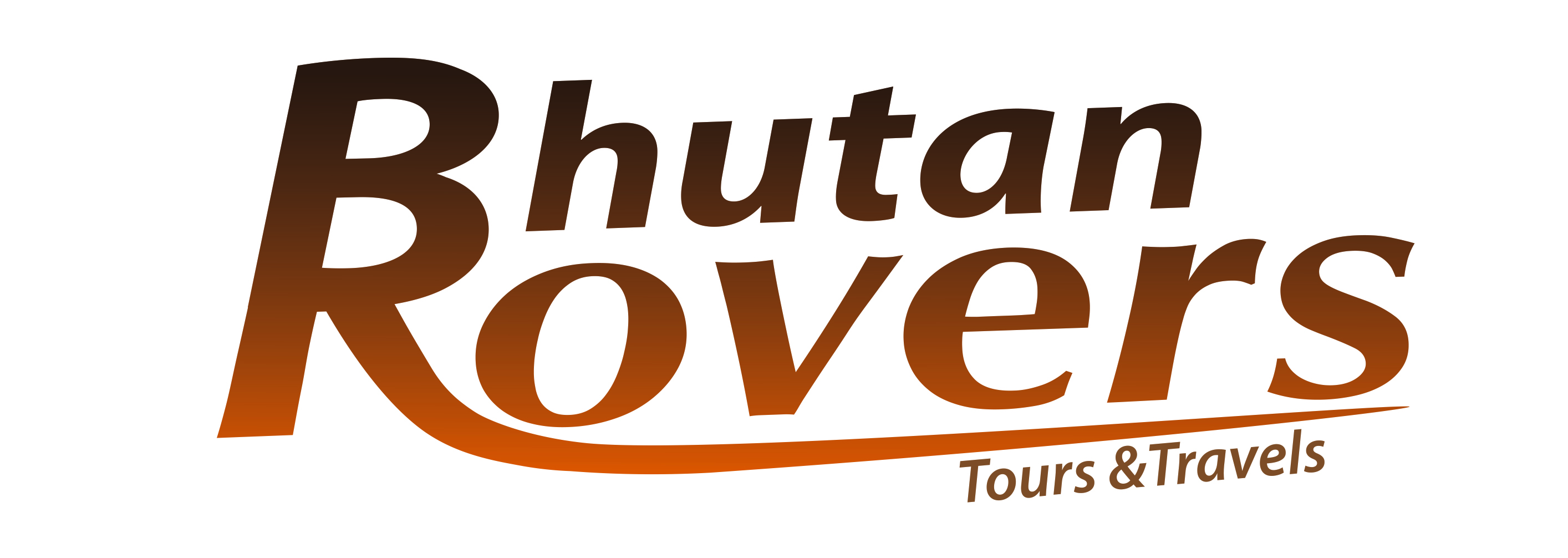
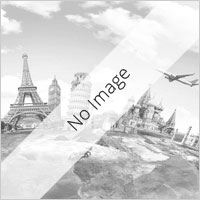 15D/14N
15D/14N
 13D/12N
13D/12N
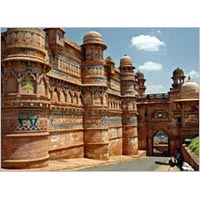 15D/14N
15D/14N
New Delhi - Agra - Gwalior - Bhopal - Indore - Mumbai - Tikamgarh - Chhatarpur - Au..
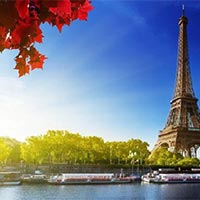 15D/14N
15D/14N
Rome - Pisa - Lucerne - Paris - Brussels - Amsterdam - London - Innsbruck - Vatican..
 15D/14N
15D/14N
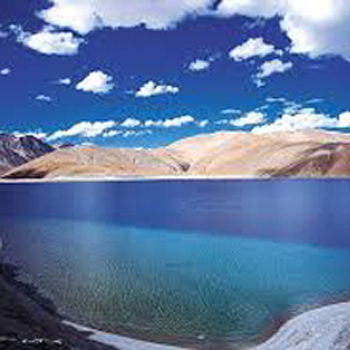 15D/14N
15D/14N
 15D/14N
15D/14N
Chandigarh - Shimla - Manali - Dalhousie - Amritsar - Dharamshala
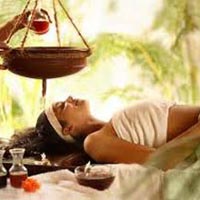 15D/14N
15D/14N
New Delhi - Haridwar - Rishikesh - Shivpuri - Agra - Jaipur
 15D/14N
15D/14N
 15D/14N
15D/14N
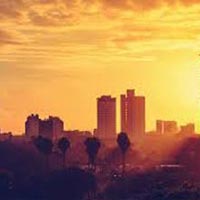 15D/14N
15D/14N
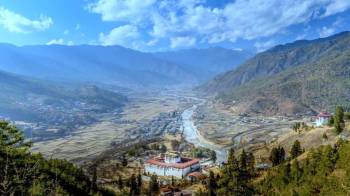 7D/6N
7D/6N
Cultural Bhutan 7 Days - 6 Nights Tour
Thimphu - Paro - Wangdue Phodrang - Punakha
 15D/14N
15D/14N
Himalayan Odyssey 14 Nights - 15 Days Tour
Thimphu - Paro - Wangdue Phodrang - Punakha - Mongar - Bumthang - Trashigang
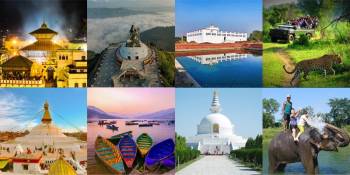 10D/9N
10D/9N
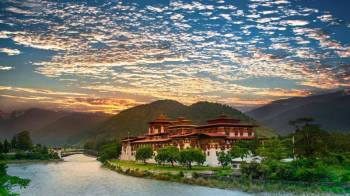 7D/6N
7D/6N
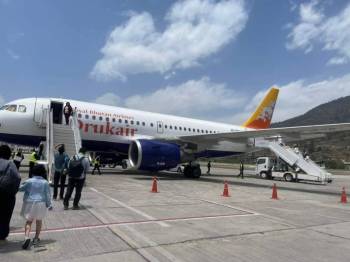 16D/15N
16D/15N
15 Nights/16 days Merak Sakteng Trekking..
Thimphu - Paro - Punakha - Bumthang - Trashigang
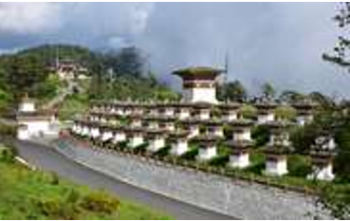 10D/9N
10D/9N
Thimphu - Paro - Wangdue Phodrang - Punakha - Trongsa - Bumthang
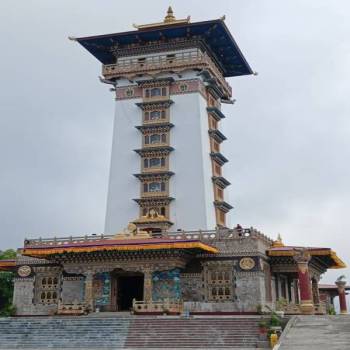 7D/6N
7D/6N
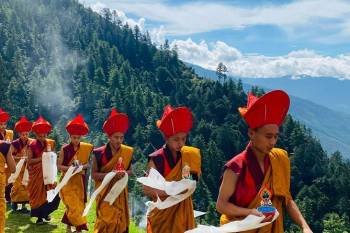 5D/4N
5D/4N
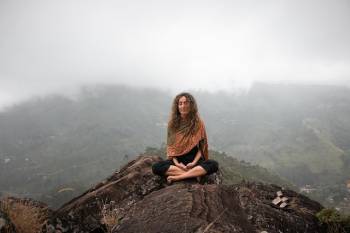 7D/6N
7D/6N